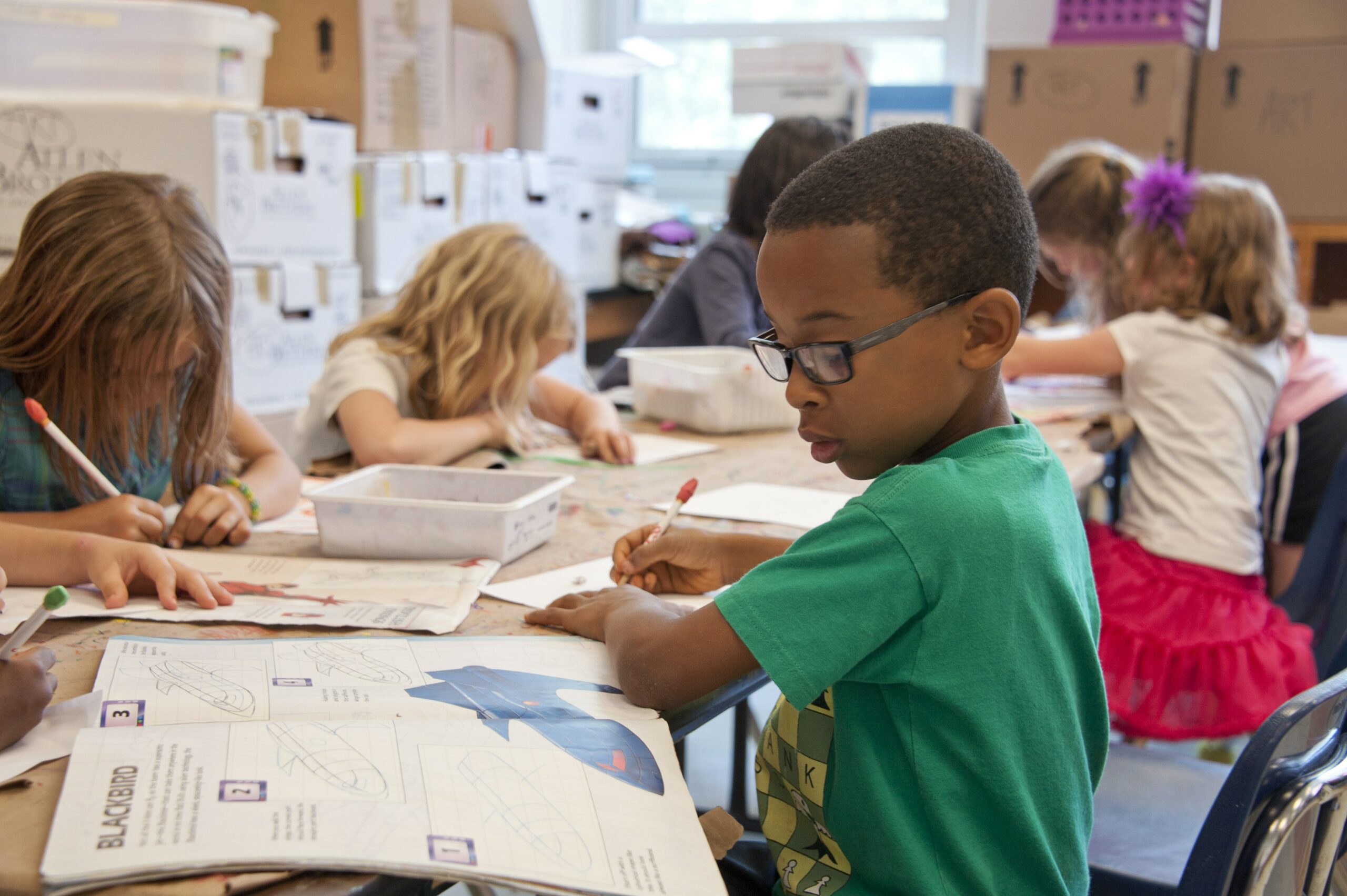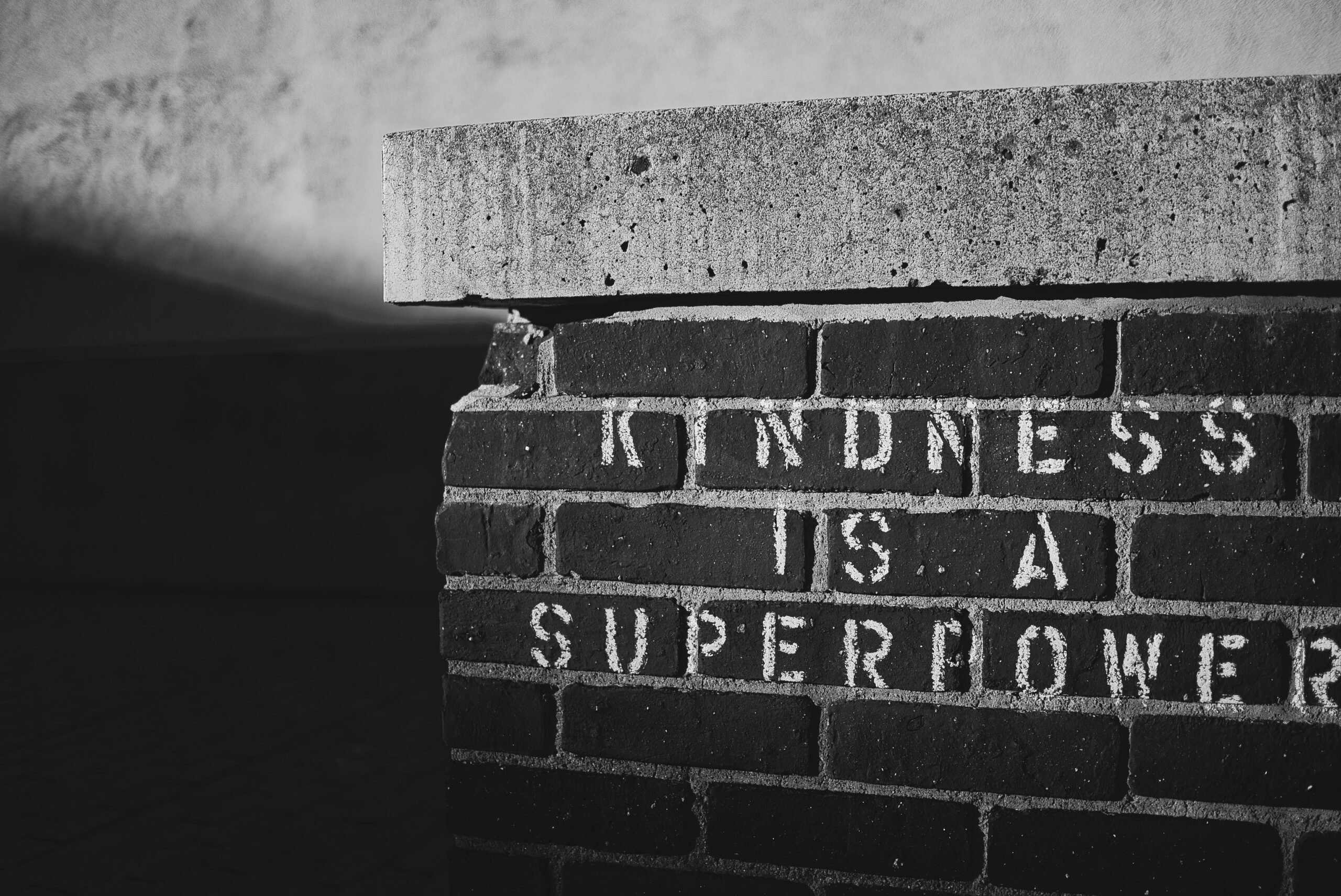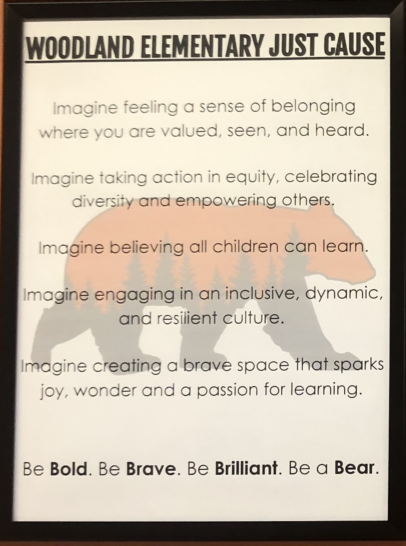
How Journaling Helps Kids and Adults Heal
When I go into a classroom or get in front of large groups, I often ask, “How many of you like to write?” On average,

When I go into a classroom or get in front of large groups, I often ask, “How many of you like to write?” On average,

Kids are back in school again and most educators are acutely aware of the potential social emotional needs of students. The past few years have

If you’re used to being self-critical, it might be difficult for you to understand what being self-compassionate is like. Self-compassion is defined as treating yourself

Many people are curious about Emotional Freedom Technique (EFT), also called Tapping. Tapping is a tool anyone can use to help them deal with difficult

Gratitude is so simple, yet most people overlook it’s amazing benefits. Dr. David Hamilton, author of Why Kindness is Good for You, writes, “Gratitude is

When we think about healing, many of us focus only on our physical bodies. In reality, there is a great deal of research showing our

We all understand that kids learn by watching their parents and other adults in their lives. If those guiding adults are kind and optimistic, then

Journaling is a great way to help children record their thoughts and feelings. It allows kids to explore their interests and express themselves, especially if

In my fifth grade classroom during the peak COVID era—a hugless year of masks, social distancing and hand sanitizer, I had a student named Chloe

The Imagine Project (TIP) is currently working with the incredible staff at Woodland Elementary in Cherry Creek Schools in Colorado to make Imagine story writing




Join our community to get the latest tips, exclusive offers, and updates straight to your inbox. Don’t miss out—subscribe now and be the first to know!